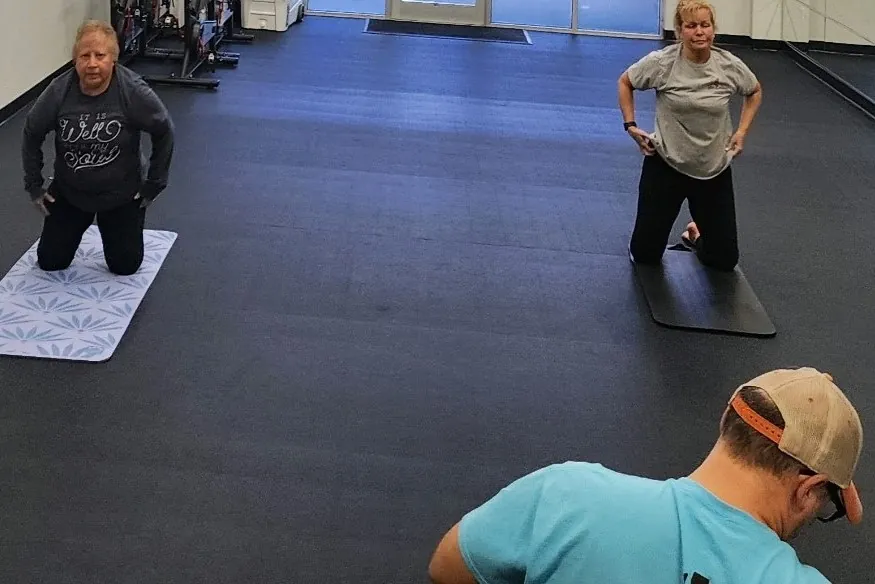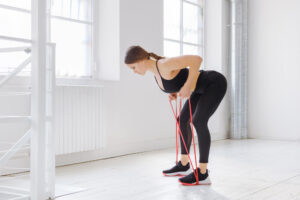Choosing the right thickness for a yoga mat can significantly enhance your comfort and stability during practice. The ideal thickness depends on various factors, including the types of yoga you practice, your personal comfort preferences, and any joint sensitivities you might have. Here’s a guide to help you determine the best thickness for your yoga mat.
Types of yoga mat thickness
Thin mats (About 1/16 inch, 1.5mm)
- Best for: Travel and balance-focused practices like standing and balance poses.
- Advantages: These mats are lightweight and easy to fold, making them ideal for yogis on the go. They provide excellent stability for balance poses by keeping you close to the ground.
- Considerations: Thin mats offer minimal cushioning, which can be uncomfortable during kneeling or seated poses, especially on hard surfaces.
Standard thickness (About 1/8 inch, 3mm)
- Best for: General practices and everyday use.
- Advantages: This is the most common thickness, offering a good balance between cushioning and stability. It’s suitable for a variety of yoga styles, providing enough padding for comfort without compromising the feel of the floor.
- Considerations: While they offer more cushioning than ultra-thin mats, they may still be insufficient for yogis with sensitive joints.
Thick mats (About 1/4 inch, 6mm)
- Best for: Restorative yoga, Yin yoga, or anyone with joint issues or who requires extra cushioning.
- Advantages: Thick mats provide ample cushioning, which can help reduce strain on the knees, elbows, hips, and spine during poses. They are also great for yogis practicing on hard surfaces.
- Considerations: These mats can be quite heavy and bulky, making them less convenient to transport. They can also make it harder to maintain balance in standing poses due to the extra padding.
Extra thick mats (Over 1/4 inch)
- Best for: Therapeutic practices, where cushioning is prioritized over stability.
- Advantages: These mats offer maximum comfort and are ideal for older practitioners or those with significant joint pain.
- Considerations: The extra thickness can impair stability in many yoga poses, making it difficult to feel a firm connection with the floor.
Choosing the right thickness
If you do a lot of dynamic or balanced poses, a thinner mat may be better to help you feel more connected to the ground. In addition, if your practice includes many seated or lying poses, or if you have joint sensitivity, a thicker mat might provide the cushioning you need.
Think about portability
If you travel frequently with your mat or carry it long distances, a lighter, thinner mat may be more practical.
Test different mats
If possible, try out mats of different thicknesses either at a store or in a yoga class to see what feels best under your feet and knees.
Assess your personal comfort needs
Consider any physical issues like knee pain or arthritis that might require more cushioning for comfort during your practice.
If you want to join yoga classes in Lake City, make sure to visit HiTone Fitness and claim your 3-day free pass.
Final thoughts
The best thickness for a yoga mat varies based on individual needs and types of yoga practice. A standard 1/8-inch mat works well for most yogis, but those needing extra cushioning or who prioritize portability might choose differently. Assessing your specific needs and trying out different options will help ensure you find a yoga mat that provides the perfect balance of comfort, stability, and convenience for your practice.







